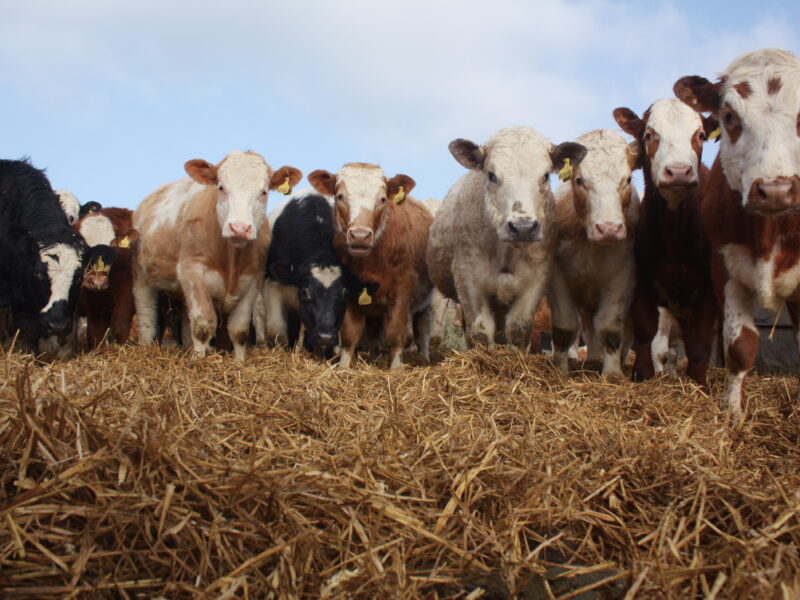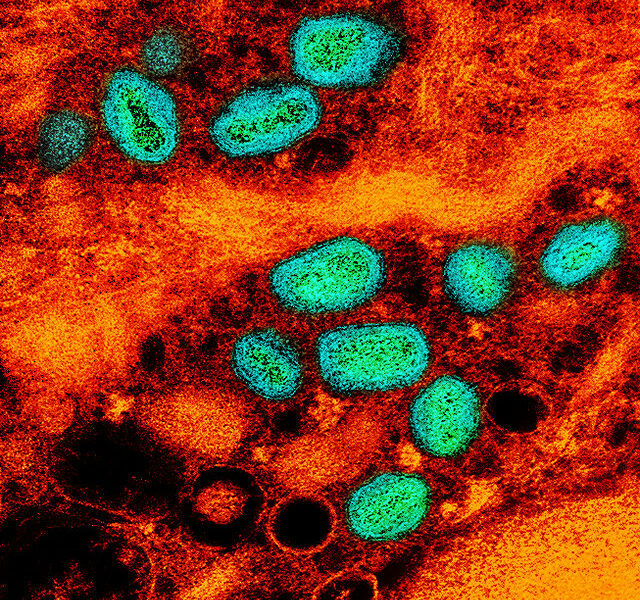By: Makayla Ross
Image Courtesy of Victoria Reay; CC-BY
Over 75% of all emerging pathogens that infect humans are zoonotic in origin, meaning that they are the result of a spillover event from animals to humans (1). A recent study by Carlson and colleagues from Georgetown University suggests that these spillover events are more common due to a global reassortment of animal biodiversity as a result of climate change (2).
Previous studies related to climate change and zoonotic diseases have mostly focused on how the effects of climate change have impacted pathogen spillover from animals to humans directly, usually through the expansion in geographic range of zoonotic reservoirs. However, in this new article published in the journal Nature and titled “Climate Change Increases Cross-Species Viral Transmission Risk,” the authors concentrate on how climate change influences the amount of potential exposures among and between wildlife and how these cross-species events can have downstream effects on human health. (2)
The authors discuss the concept of “novel viral sharing,” or the introduction of a virus into a previously inaccessible host. The idea is that global climate and land use changes have facilitated the movement of many animals to new places, bringing them in contact with species they have not yet interacted with and providing an opportunity for pathogens to spread to new organisms. The authors also note that the pathogens known to jump between animal species are also more likely to eventually spill over into humans, citing SARS-CoV-2’s path from bats to palm civets to humans as an example. (2)
In the study, the researchers modelled potential hotspots for future viral sharing in four different climate change scenarios for almost 4,000 different mammal species. They found that in every scenario the majority of mammal species worldwide are set to encounter at least one new species before the year 2070, with a majority of encounters projected to occur in tropical or subtropical regions. They calculated that in a scenario with over 300,000 novel species encounters, there would be approximately 15,000 cross-species transmission events. As many of these events are expected to occur in places with high human population densities, the authors hypothesize that it is only a matter of time before these novel viruses evolve to infect humans as well. They place particular emphasis on bats as the main drivers of cross-species transmission, as bats have wide geographic ranges and have already demonstrated increasing habitat range due to changing temperatures. (2)
The authors conclude by stating that their results “highlight the need to pair viral surveillance and discovery efforts with biodiversity surveys tracking species’ range shifts, especially in tropical regions that harbor the most zoonoses and are experiencing rapid warming.” They suggest that targeting surveillance efforts to areas identified as potential hotspots for cross-species transmission risk would be a great place to start. (2)
Check out the accelerated article preview from Nature here:
https://www.nature.com/articles/s41586-022-04788-w_reference.pdf
References:


